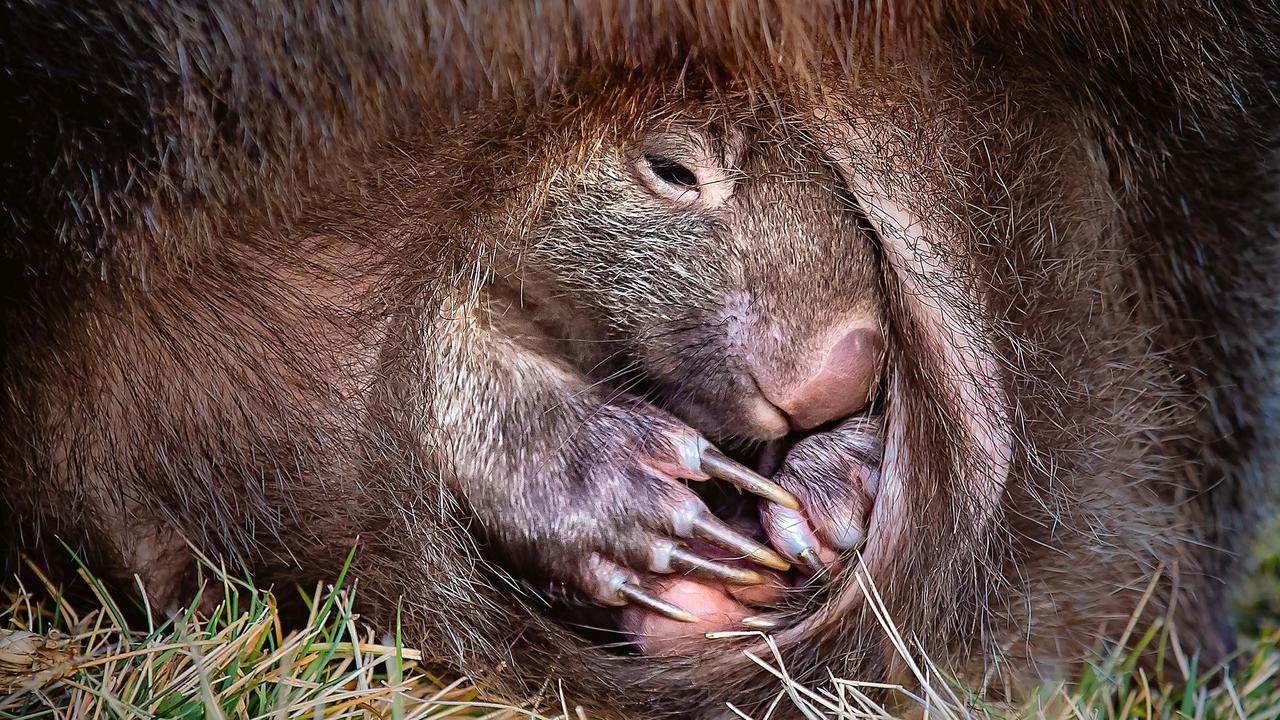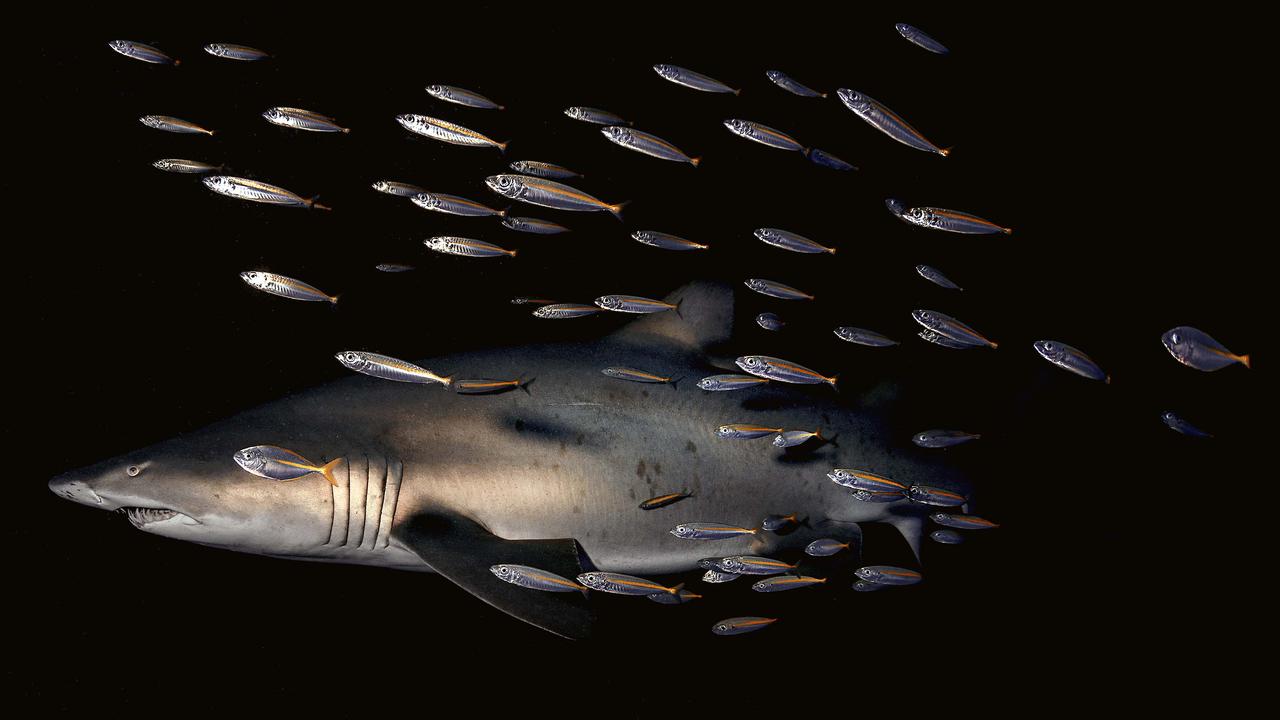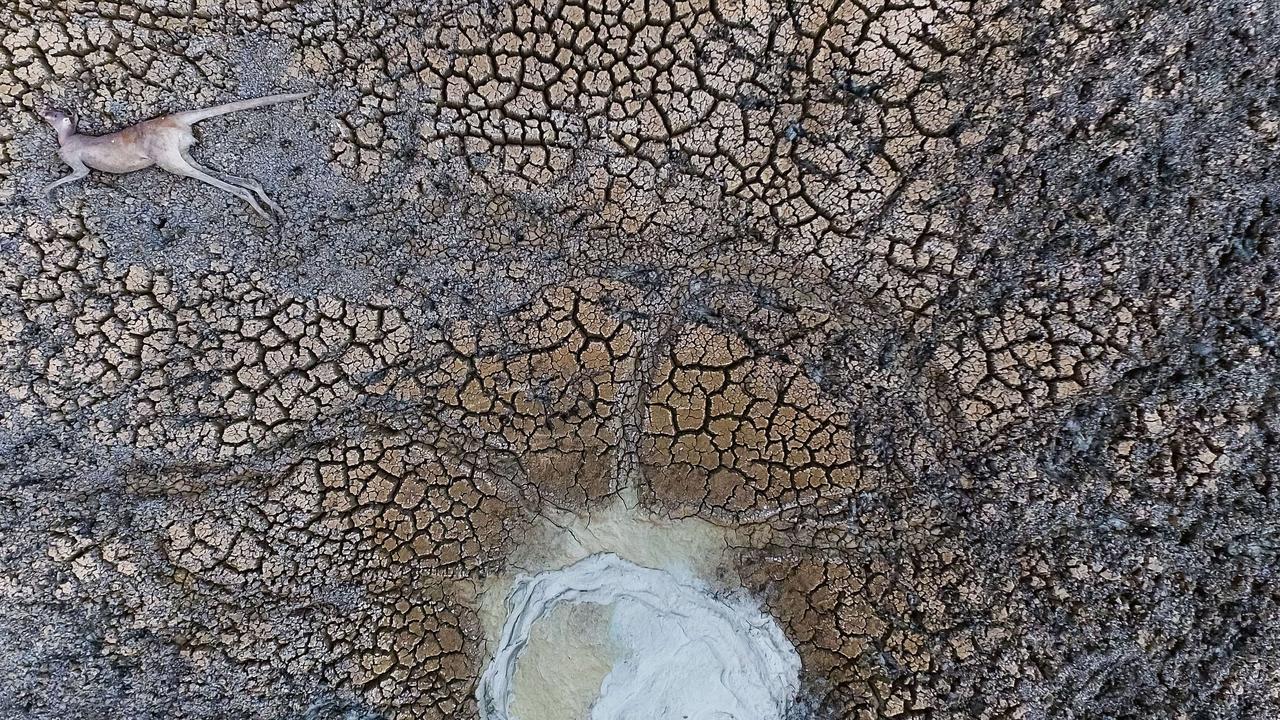Australian Geographic Nature Photographer of the Year 2019
From tender moments to confronting scenes of the drought, here’s some of the year’s best nature photography.

The 2019 Australian Geographic Nature Photographer of the Year exhibition opens at the South Australian Museum on August 16. naturephotographeroftheyear.com.au
Peekaboo - Deb Sulzberger, Tasmania
Sulzberger was visiting Cradle Mountain when she saw a female wombat waddling around with some difficulty. Closer inspection revealed why: there was a large infant in her pouch. “It looked really snug, with a perfect view of the world,” she says.
-

The Guardian - Andy Wingate, Queensland
Wingate photographed this 2m grey nurse shark — shadowed by small fish seeking protection or scraps of food — at Nine Mile Reef off the Tweed Coast. Grey nurse sharks congregate at this spot every winter. “We’ll see 40 or 50 on a single dive,” he says.
-

The Watering Hole - Melissa Williams-Brown, South Australia
Williams-Brown has made about 15 trips out to Menindee Lakes in the far west of NSW in recent years — and had never seen it as dry as the last visit in January. She put a drone up to shoot this dead ’roo at a dried-up waterhole. “All around me, dead and dying animals — kangaroos, goats, pelicans — were stuck in the mud,” she says. “It was terrible.”
-

Gliders’ Home - Charles Davis, NSW
Davis spent months observing the sugar gliders on his family farm, curious to know where they were nesting. “I finally narrowed it down to this dead, brittle gum,” he says. “Each night they’d emerge at 8.28pm, poking their heads out to make sure it was safe before leaving to feed.”
-

Emperor Gum Moth - Harrison Warne, NSW
After a couple of months as a caterpillar, and up to a year pupating, the adult emperor gum moth lives for only a couple of weeks because, lacking functional mouthparts, it can’t feed — it relies solely on the energy reserves it accumulated as a caterpillar. Its one mission before dying? To mate and lay eggs.


